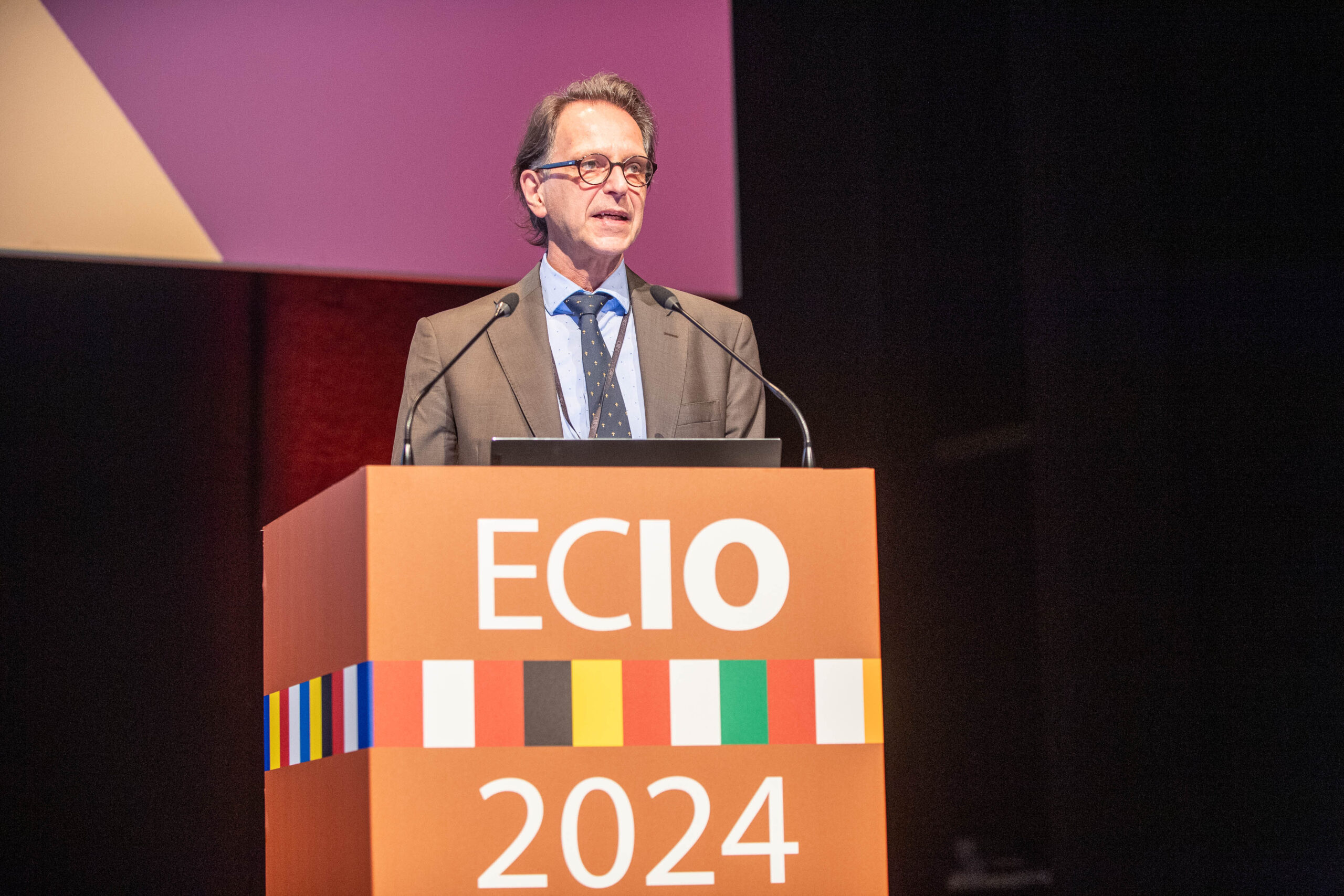CIRSE: Will CVIR still feature oncology articles? How will the two journals function together?
Helmberger: Yes, CVIR will continue to feature oncology-related articles, but CVIR Oncology serves as a dedicated platform focused entirely on IO. This specialization allows for:
- Greater depth and focus: CVIR Oncology will be a home for research that delves deeply into IO-specific innovations, from new procedural techniques to clinical outcomes.
- Increased visibility for IO research: By separating IO from general interventional radiology, we ensure that important advancements in the field receive dedicated attention.
- Stronger collaboration between interventional radiologists and oncologists: IO is inherently multidisciplinary, and CVIR Oncology fosters knowledge exchange across specialties.
The two journals complement each other: CVIR will remain the leading journal for general interventional radiology, while CVIR Oncology will drive advancements specifically in IO.
CIRSE: What is your own background with IO, and what motivated you to wish to be editor-in-chief of this new journal?
Helmberger: I have been actively involved in oncologic imaging, interventional radiology, and minimally invasive therapies for decades. My research has focused on tumour ablation techniques such as radiofrequency ablation (RFA), microwave ablation (MWA), radioembolization, and transarterial chemoembolization (TACE), as well as vascular interventions and advanced imaging strategies for abdominal tumours.
Throughout my career, I have had the privilege of contributing to the growth of interventional oncology— from pioneering techniques to establishing clinical guidelines and taking on several leadership roles in major scientific societies. As a founding member and past president of the German Society of Interventional Radiology (DeGIR) and an active leader within CIRSE, ESGAR, and ECR, I have witnessed firsthand the transformation of IO into a vital pillar of modern cancer therapy.
Becoming the editor-in-chief of CVIR Oncology is both a professional honour and a personal mission. I see this journal as an opportunity to shape the future of IO by supporting groundbreaking research, fostering collaboration, and ensuring that important findings reach clinicians and researchers worldwide.
CIRSE: This is the first IO journal in the world, and its open access. You have an impressive history in medical publication – can you tell us what has changed in the world of medical journals throughout your career?
Helmberger: Medical publishing has undergone a profound transformation over the past few decades.
The rise of open access: When I started publishing, access to medical literature was often limited to those with institutional subscriptions. Open-access publishing has changed that, ensuring that research reaches a broader audience, including clinicians, early-career researchers, and healthcare policymakers.
Faster peer review and publication: The traditional publication process could take months or even years, delaying the dissemination of important findings. With digital publishing and streamlined peer review, we can now ensure that high-quality research reaches the community much faster.
Increased emphasis on multidisciplinary collaboration: Cancer care has become more interdisciplinary, with radiologists, oncologists, and surgeons working closely together. Journals now reflect this shift, encouraging research that bridges different specialties.
One of my proudest moments in medical publishing was co-editing and contributing to major interventional radiology journals, helping to shape guidelines that are now standard practice. With CVIR Oncology, we now have a dedicated platform to continue this work and push the field forward.
CIRSE: Who should submit articles to CVIR Oncology?
Helmberger: CVIR Oncology welcomes a broad range of contributors, including:
- Early-career researchers exploring innovative IO techniques.
- Clinicians with ongoing studies who wish to share preliminary results and insights.
- Experienced researchers and leading experts presenting final results from major trials.
- Multidisciplinary teams working at the intersection of interventional radiology, oncology, surgery, pathology, and biomedical engineering.
- We encourage submissions from anyone involved in IO and related fields, including translational research, to ensure that our journal reflects the full scope of cancer care innovation.
CIRSE: Do you have any tips, tricks, or words of encouragement for potential authors?
Helmberger: First and foremost, we want to hear from you! Whether you are submitting a groundbreaking study or a compelling case report, your work is valuable to the IO community.
Here are a few key tips for successful submission:
- Clarity and structure are crucial: Clearly state the research question, methodology, and clinical implications.
- Emphasize the impact: Explain how your findings contribute to patient care and future research.
- Engage with the review process: Peer review is a collaborative effort – constructive feedback can significantly improve your manuscript.
- Consider diverse article types: In addition to original research, we welcome review articles, study protocols, short communications, and case reports.
- For authors concerned about funding, CVIR Oncology offers open-access publishing options, and waiver programs may be available. More details on this will be provided as we move forward.
CIRSE: What are your hopes for the first year of CVIR Oncology? What is your vision for the long-term future?
Helmberger: In the first year, our goal is to establish CVIR Oncology as the leading journal in interventional oncology by:
- Publishing high-quality, impactful research that defines the future of IO.
- Building an engaged international readership of interventional radiologists, oncologists, and multidisciplinary cancer specialists.
- Fostering collaboration between researchers and clinicians worldwide.
For the long-term future, I envision CVIR Oncology as:
- A driving force in the field of IO, shaping guidelines and influencing clinical practice.
- A hub for innovation, featuring cutting-edge technologies, new procedural approaches, and translational research.
- A truly global platform, ensuring that IO research reaches every corner of the world, especially regions where minimally invasive cancer therapies can make a significant impact.
Ultimately, our mission is to push the boundaries of cancer treatment and improve patient outcomes. I invite all researchers, clinicians, and innovators to join us on this journey and contribute to shaping the future of interventional oncology.
Questions? Don’t hesitate to contact us at [email protected].

